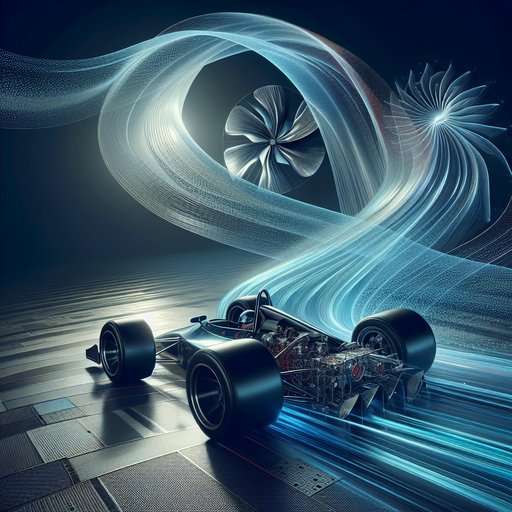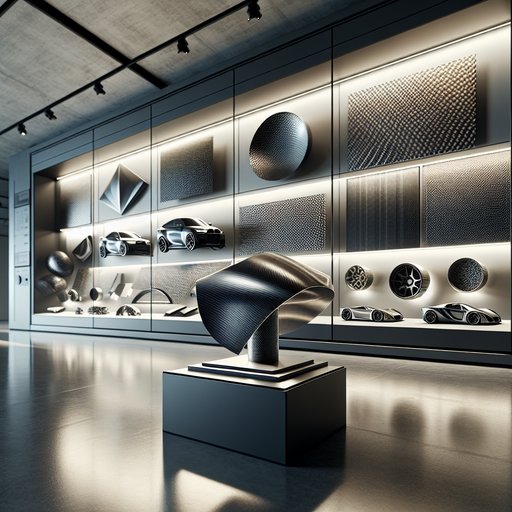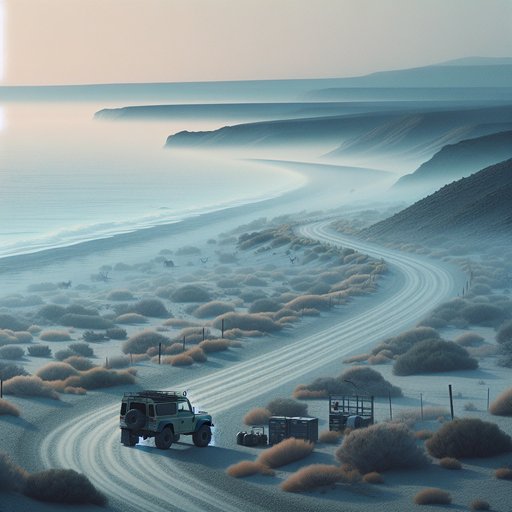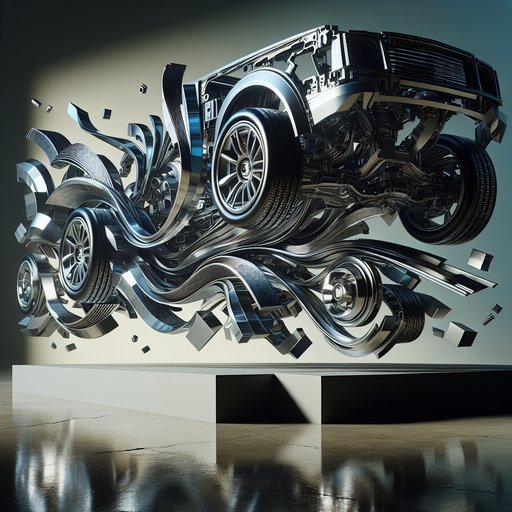
Few forces have reshaped Formula 1 as profoundly as computational fluid dynamics and wind tunnel science. In the late 1960s, teams bolted simple wings onto cigarlike cars and learned about downforce by eye and stopwatch. Today, entire performance concepts live and die on the fidelity of virtual airflow models and the correlation between simulation, tunnel data, and track reality. The journey from rudimentary appendages to fully integrated aerodynamic ecosystems explains not only the look of modern F1 cars, but also why aero execution can swing titles and define eras.

Composites, carbon fiber, and advanced alloys are no longer just engineering footnotes—they’re becoming the subjects of exhibitions, commissions, and collecting strategies. Curators are reframing vehicle materials as cultural artifacts, artists are collaborating with labs, and audiences are learning to read weave patterns the way they might brushstrokes. As institutions spotlight how these materials look, age, and transform performance, the art of mobility is emerging as a fertile ground for design history and future-facing storytelling. The result is a clearer public view of the craft behind speed, efficiency, and safety—and a new canon that treats carbon layups and alloy lattices as aesthetic languages as much as technical choices.

This gravel tour traces Namibia’s Skeleton Coast from Swakopmund to Terrace Bay and inland via the conservancies of Damaraland. It emphasizes tire deflation/inflation routines for salt and gravel surfaces, awareness of wildlife corridors around the Uniab and Hoanib Rivers, and strategies for the dense coastal fog driven by the Benguela Current. Expect long, empty stretches with no fuel, strict park rules, and changing surfaces that reward measured speeds and good margins. Plan for a mid-winter window (June–August) when temperatures are cool and fog is frequent, and build a self-sufficient kit: compressor, two spares, recovery boards, and printed permits and bookings.

A fresh wave of digital releases featuring automobiles arrived this week across major NFT platforms, uniting generative coders, CGI image-makers, and photographers around the car as cultural artifact. Artists are treating vehicles less as symbols of speed than as modular forms—bodies, lines, and reflections—ripe for procedural logic and cinematic lighting. The result is a cross-genre snapshot: code-based works mapping chassis geometry, high-resolution studio studies of paint and chrome, and animated sequences that translate traffic rhythms into sound and motion. Curators and collectors say the activity marks a renewed focus on design history and everyday mobility within digital art’s evolving canon.